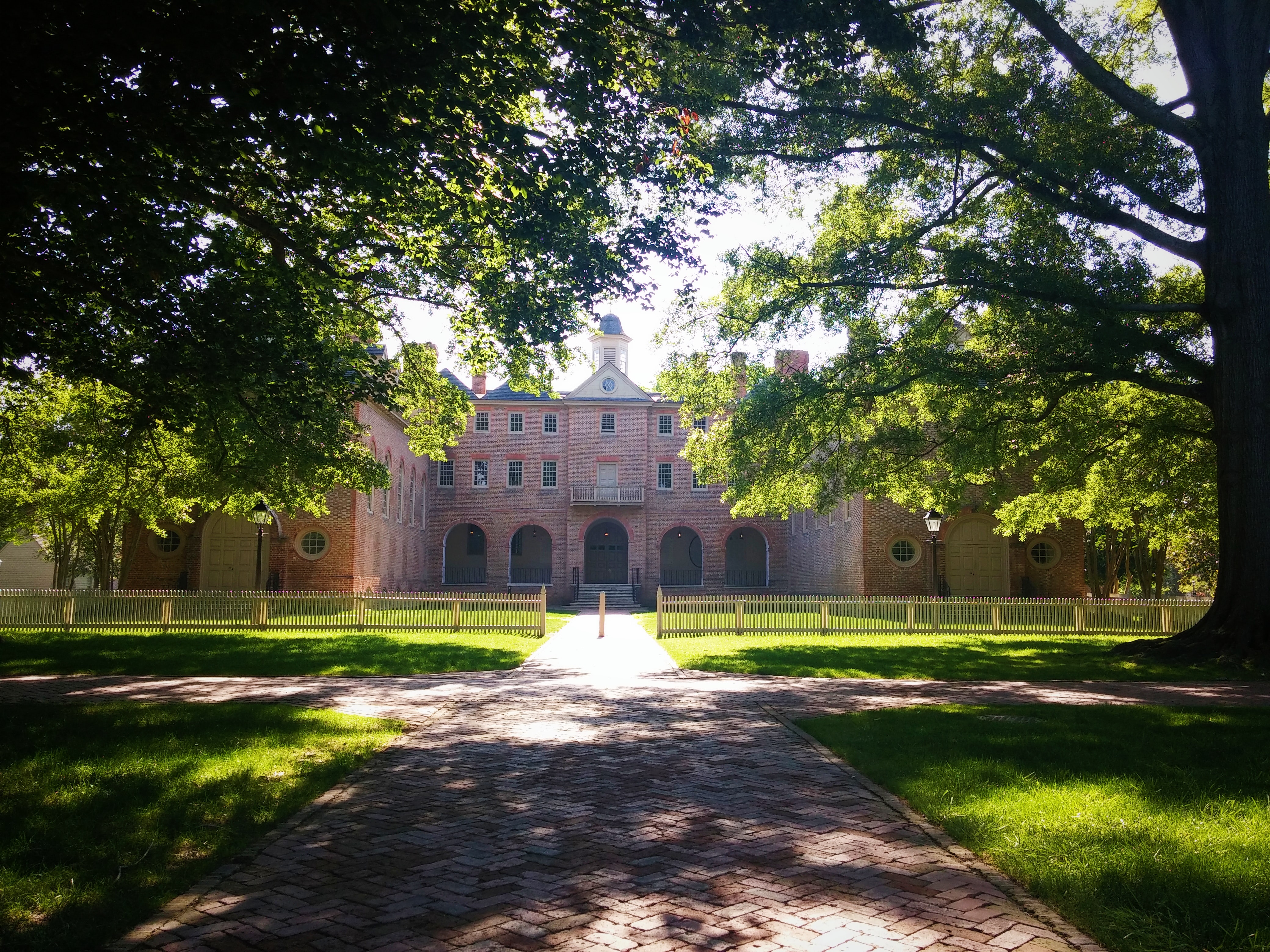The Orc Race
Traits
Common features
Orcs are nearly always approached with wariness, if not outright avoided, because of their intimidating appearances. They are taller than most sentients, ranging between 1.60 and 2.10 meters, and with their muscle mass they weigh 100 kg on average. Not just their size and build make orcs easily recognizable. They have angular faces with jutting jaws and foreheads, with prominent tusks protruding their lips.Their skin can be a range of green hues with grayish piebald pigmentation. Furthermore, traditional orcs augment their skin with (ritual) scars and temporary tattoos, regailing tales of battles they won or lost. Their arms, chests, and heads of both men and women can have patches of coarse short hair, although women tend to shave all or at least some of their body hair. With the latter option, it is usually styled in intricate tribal patterns. The color of their hair can vary greatly, from firey red to silverish grey or matte black. There are no recognized subraces of orcs.
IAMI-periods
To equalize the life stages of all the races including very diverging lifespans, and ensure that they can be categorized correctly when it comes to rights, taxes, and healthcare, all ID cards also share their racial Infancy-Adolescence-Maturity-Index, or IAMI. For orcs, the life stage periods are:Infancy: 0-8 years
Adolescence: 8-14 years
Maturity: 14+ years
Lifespan: 45 years
Culture
Physicality
Orcs have a very physical and emotional lifestyle. They don't hide what they feel, and all their feelings seem heightened compared to other sentients. When they are happy, they seem extatic. When they are angry, they seem furious. These exaggerations have given them a reputation of being volatile, but for orcs it is very normal to scream at someone one minute and laugh with them the next. They value strength and fierceness, training healthy and strong bodies. These are not just honed through fighting; orcs also have a passion for dancing and sports.Skin tapestries
Orcs tend to show their personalities, their experiences, and even their dreams through elaborate modifications of their skin. This came forth from a tradition of tattooing around scars won in battle, to make them more pronounced. Nowadays tattoos are stand-alone or accompanied with deliberate ornamental scarring. There are books written on the complicated symbolisms of orcish tattoos and scar patterns. A certain shape of tribal curls can have different connotations depending on the colour, the placement, whether accompanying scars are etchings or burn marks, and more.Obedience
Orc societies tend to be strongly hierarchical. They expect full compliance of their lessers, but likewise tend to unquestioningly obey their betters. If anyone wishes to go against a superior, they have to openly challenge them to a contest in front of witnesses. If they win, they are free to do as they please, and might even climb the social ladder. Orc children practically belong to their parents until they come of age and are not really free to make their own decisions. They have to defeat their parents in a contest before they are considered adults, and this is a common ritual before any of them leave a household. Servitude is also a very common way of settling debts or punishing crimes amongst orcs. Centuries ago such punishments could last years, but nowadays it is considered unecessary to make it last more than a month or two.Naming conventions
The name usually consists of four components: the first is a tribe name from the mother, the second from the father, and the latter two form the given name. An example is Baek Jang Al-Mun. Names do not change upon marriage. While some tribe names have two syllables, most of them and all given name components have one syllable. There is no distinction of gender in the components used for a name. Common names are:Given name components
Al, Ang, Bak, Byon, Chae, Chuul, Dae, Dong, El, Eun, Fa, Fye, Geong, Gim, Gre, Hae, Han, Hye, Ing, Im, Ja, Jin, Jong, Kir, Kon, Laong, Luu, Mi, Mun, Nam, Nye, Ol, Oon, Pen, Pye, Rae, Ram, Sao, Si, Seok, Sung, Ten, Til, Ur, Uul, Wi, Won, Yae, Yi, Yun, Za.
Tribe names
Baek, Byeon, Chang, Dokgo, Eogeum, Gyeong, Hwangmok, Jang, Jegal, Maeng, Moobon, Namgung, Paeng, Po, Ree, Ryang, Sagong, Tae, Un, Wang, Yeo.


